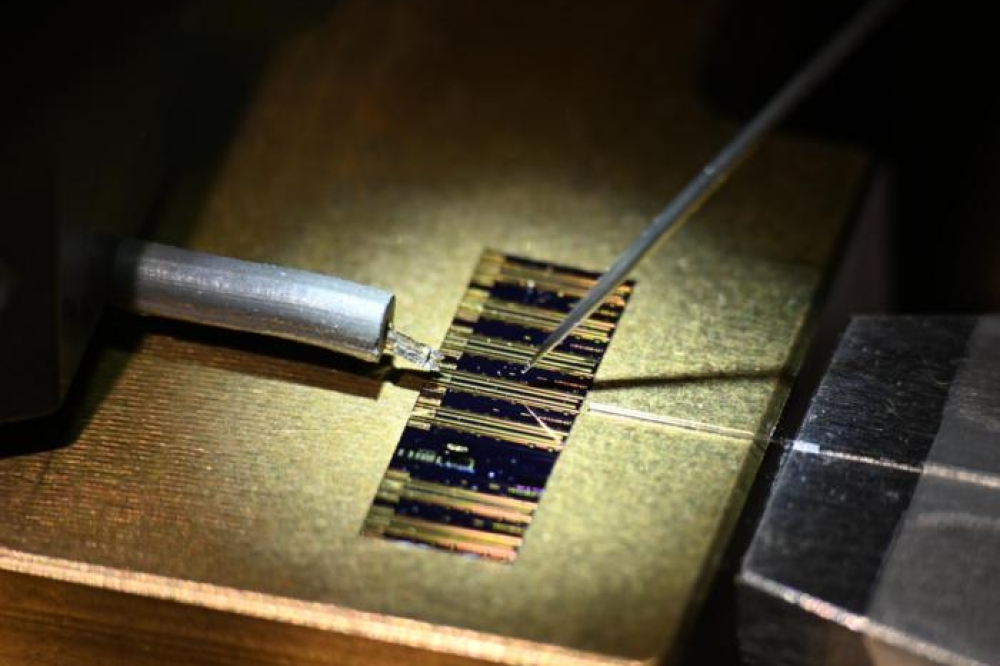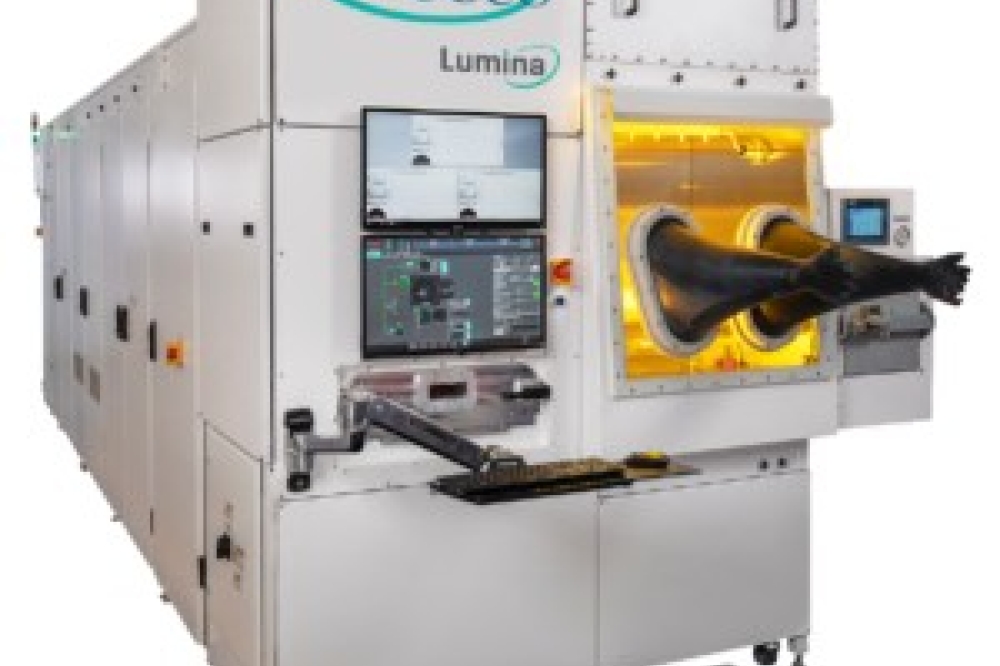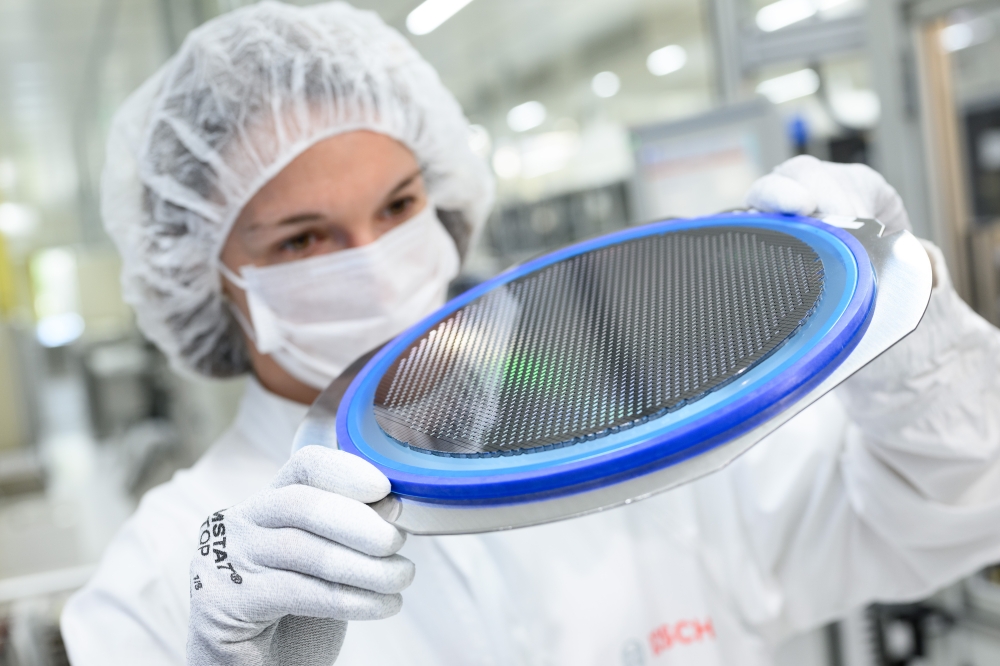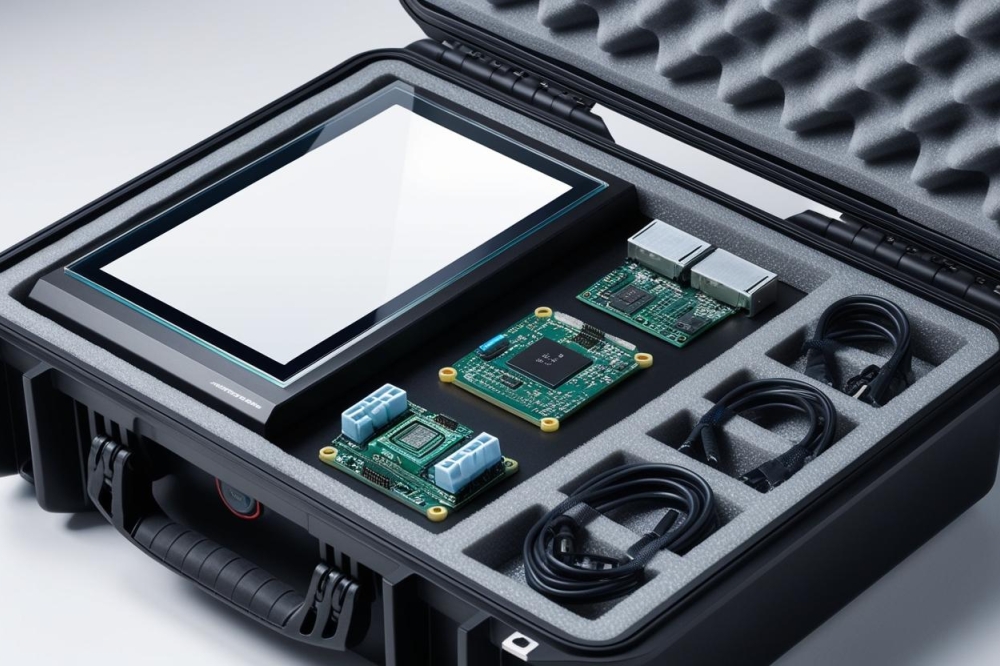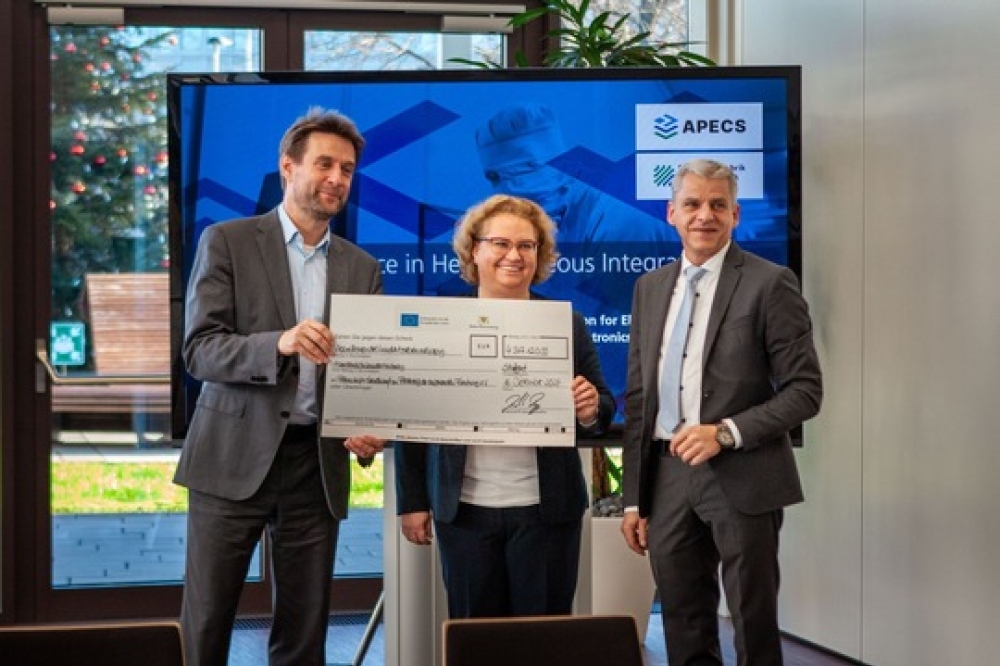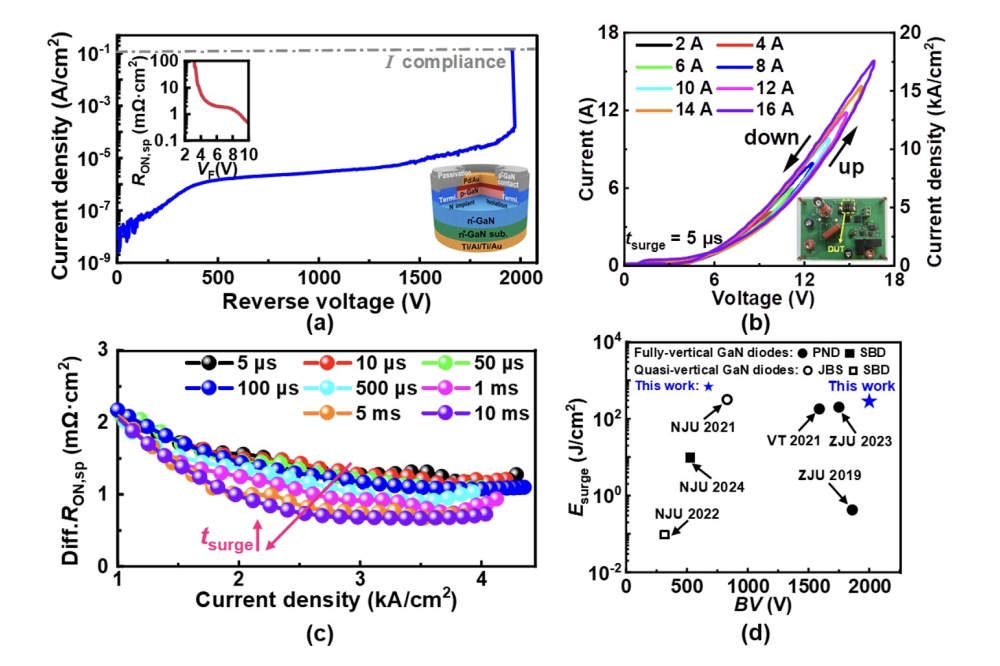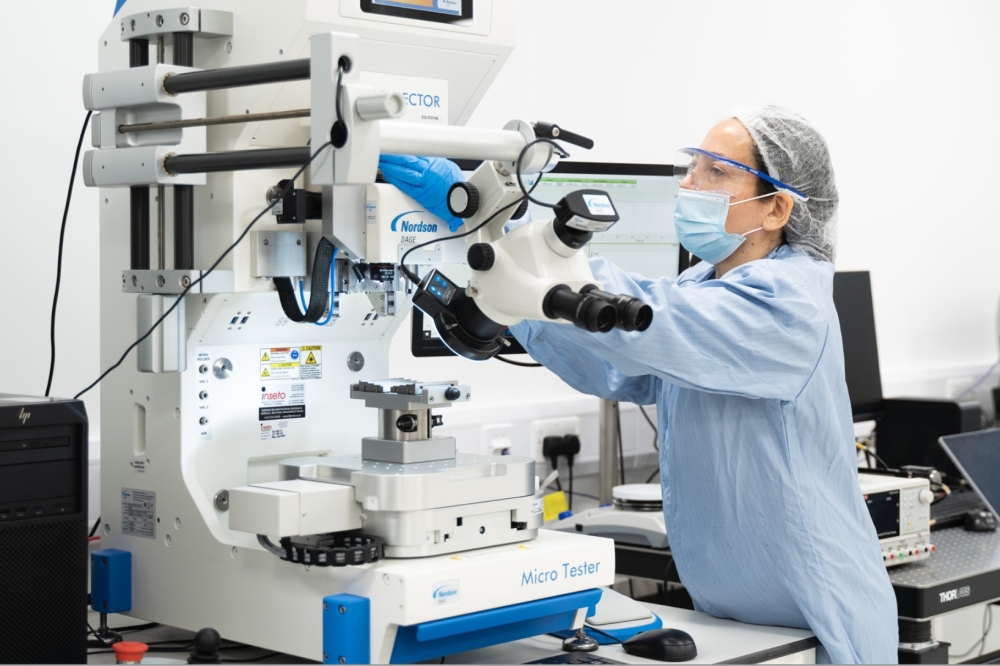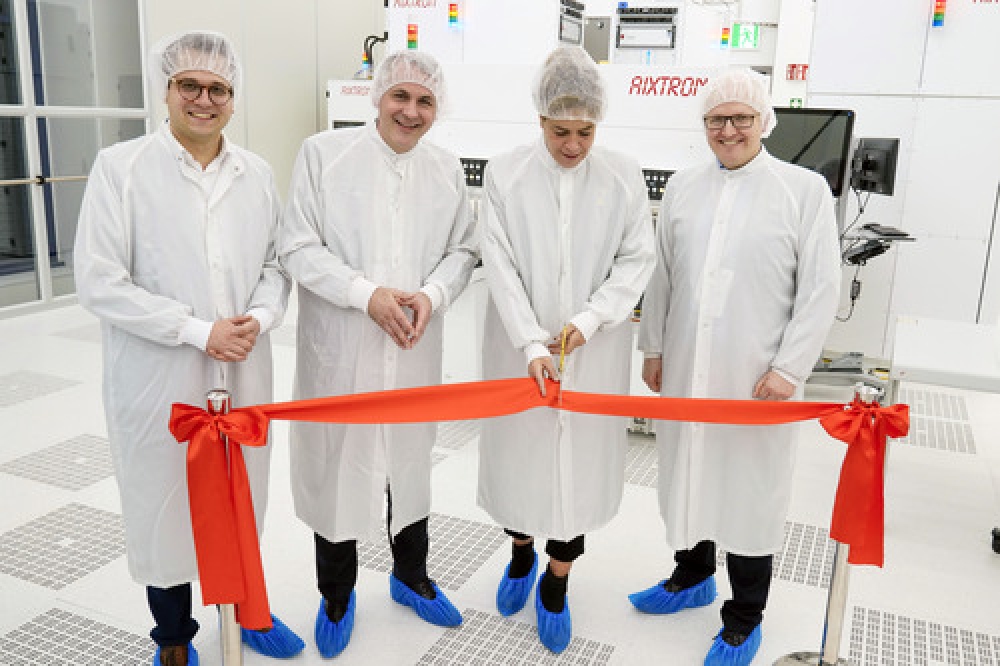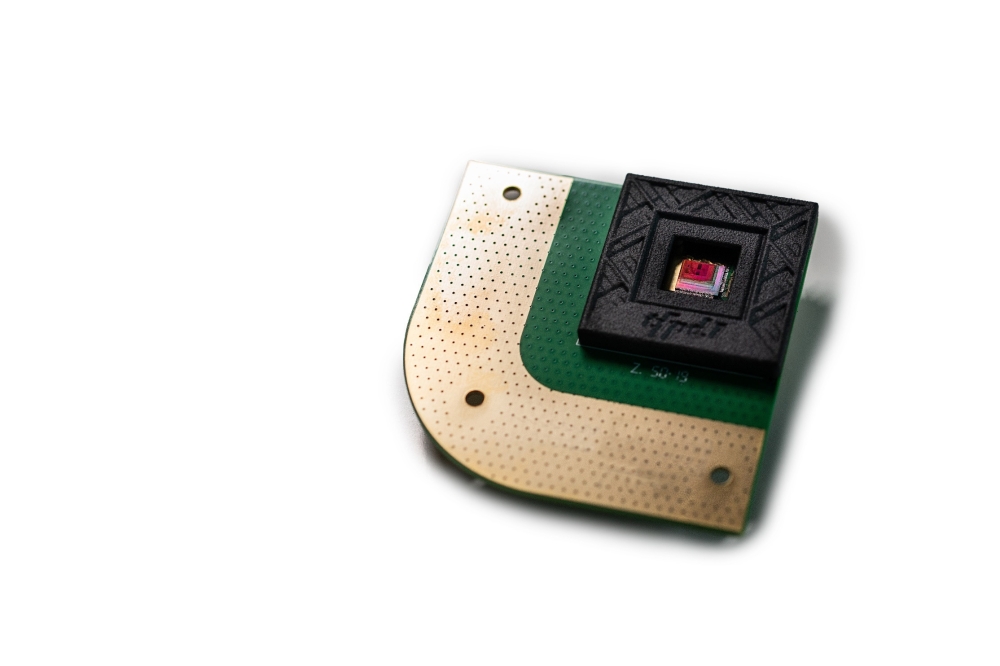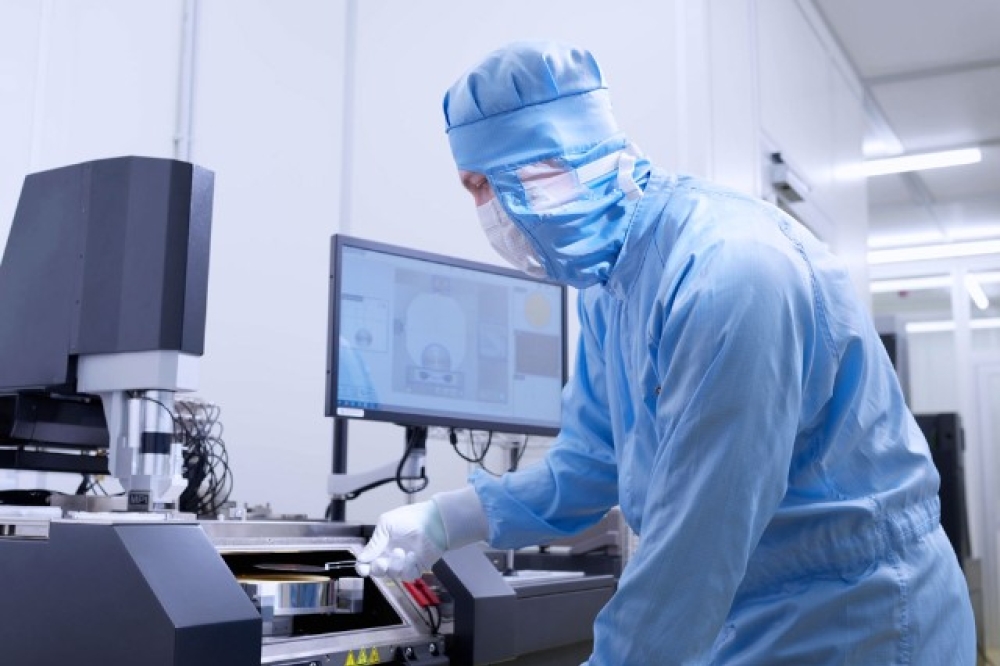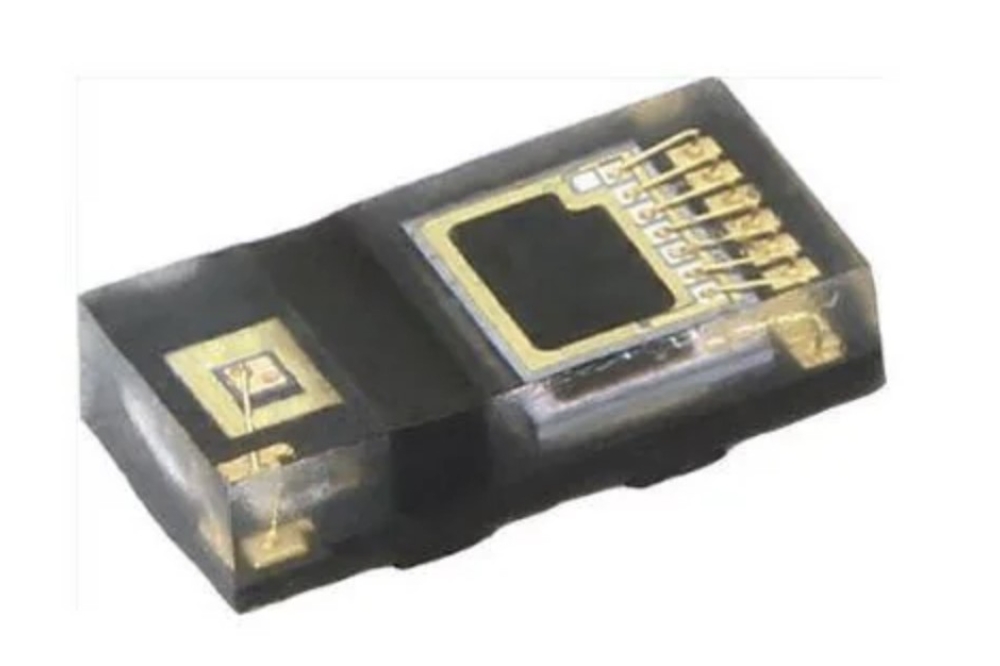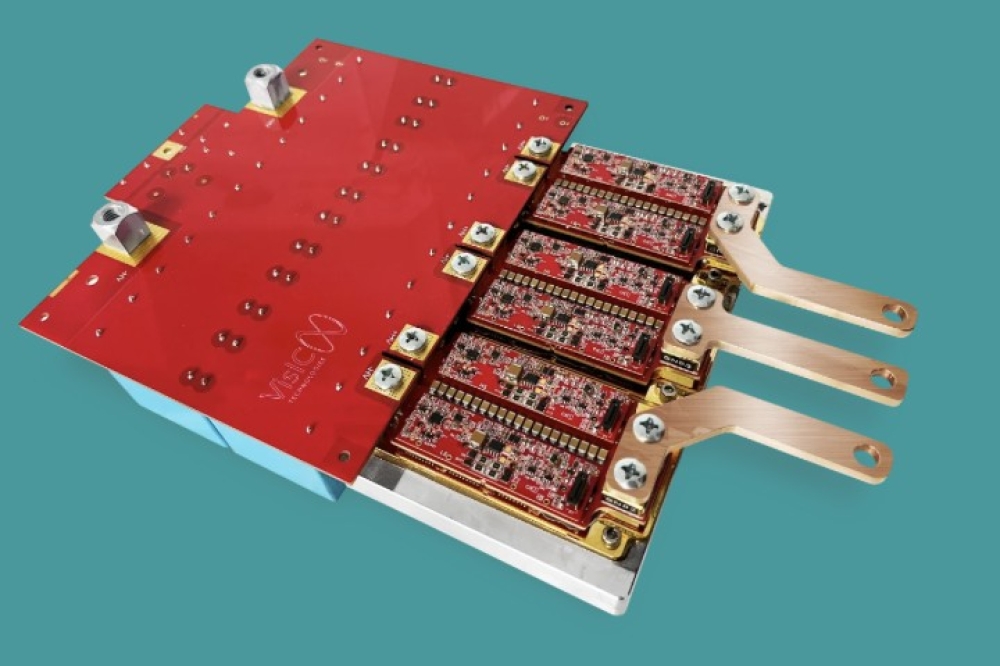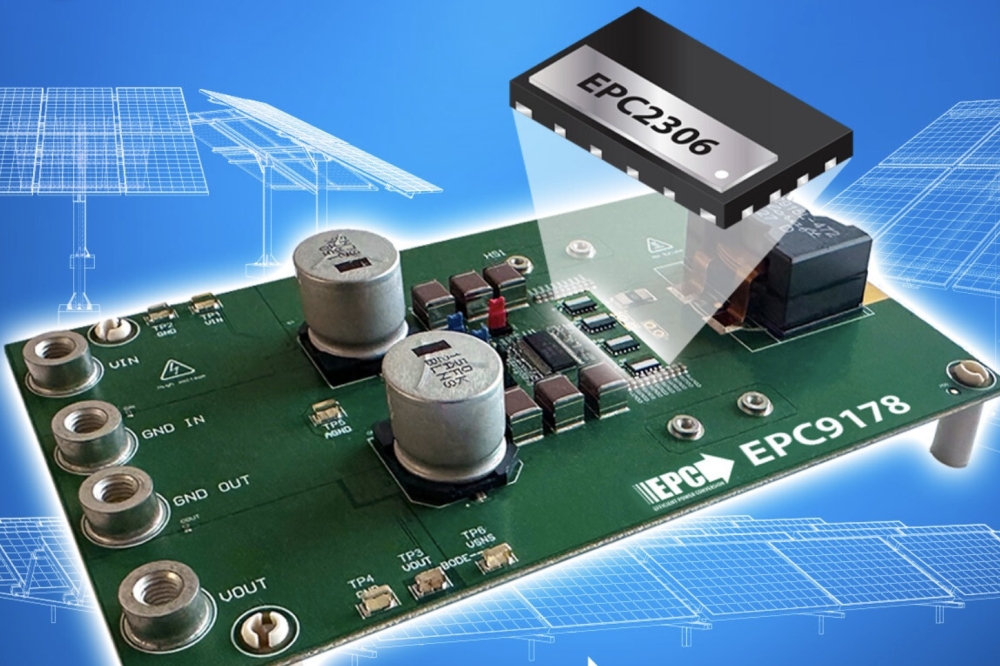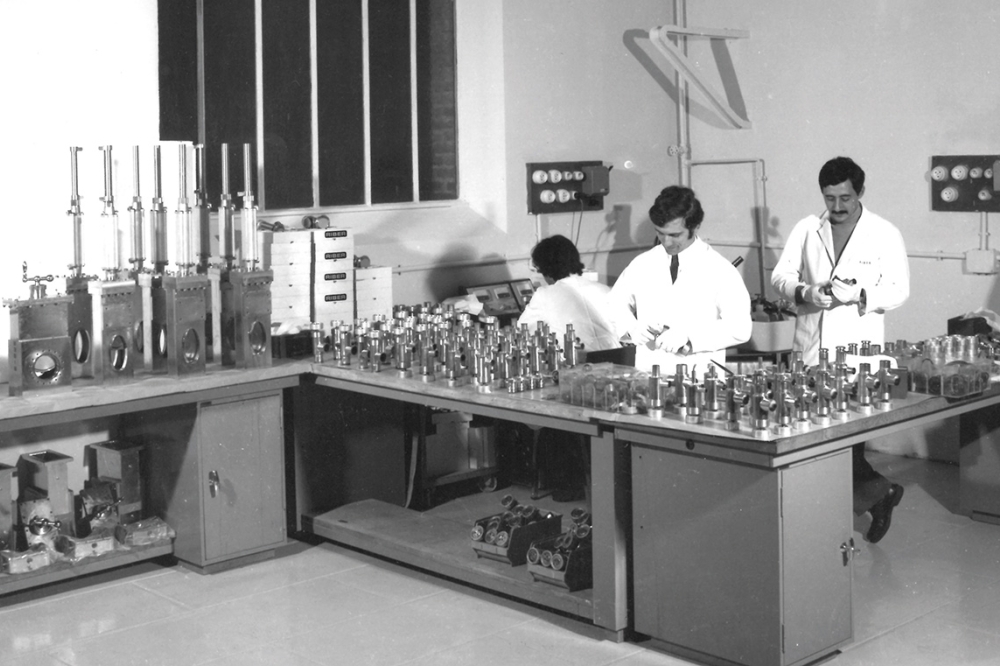News Article
RGB lasers for pico-projectors use a novel wavefront measurement
Pico-projectors are an emerging technology that integrates image projectors in a handheld device, offering numerous benefits for consumers. These include portability, space saving, flexible projection screen and setup time
Pico-projectors can be used as stand-alone or embedded projectors in mobile devices, for example in smartphones, tablets, digital cameras.
The market of pico-projectors is rising rapidly with already a million units a year sold as cost price decreases with volume, and is expected to continue growing as new applications appear every day.
The three major pico-projector technologies DLP (Digital Light processing), LCoS (Liquid Crystal on Silicon) and LBS (Laser-Beam-Steering), bring specific advantages and drawbacks for image quality, consumption, size or cost.

Among the main components integrated in these very small devices (battery, microcontroller, MEMS micro mirrors, projection lens), the optical RBG source block is a key component that determines the resulting image projection quality.
Each colour LD combined with collimation lens must be precisely adjusted in XYZƟ to provide same optical axis and focus conditions. Due to the low beam divergence and tight adjustment tolerances, the alignment of the light source is a complex and tedious task.
The beam waste position of the near collimated beam must be precisely adjusted within +/- 10mm range and tilt deviation may initially exceed 20 degrees.
Beyond the measurement performance, the manufacturing process dictates a limited space for the measurement device and a close position to the RGB source block.
What's more, the cost of the quality control system must be in accordance with the expected return on investment for the mass production.Therefore the requested measurement performance and manufacturing environment constraints bring new challenges to manufacturing-quality-control systems.
Beam analysis in XYZƟ dimensions can be achieved using wavefront sensing technique that provides beam propagation parameters or using standard beam profiling technique by translating a sensor on the beam propagation.
However, these latest scanning based systems with multiple image planes acquisition along the Z axis for measuring the beam waist position cannot meet the quality control needs in high volume manufacturing as exhibiting low measurement speed, large footprint and high cost.
Wavefront sensors can fulfill the adjustment requirements thanks to their real time wavefront analysis of low and high order aberrations (i.e. tilt, defocus, astigmatism).
But according to the wavefront acquisition principle, measurement capabilities can largely differ and may alter, in some cases, the measurement of critical features for the optical source alignment.
Standard wavefront sensors are based on a micro-lens array that divides the incoming light beam in smaller beams focused onto a CCD or CMOS camera.
This principle is relatively easy to implement, however it suffers from drastic limitations in terms of resolution (number of micro lenses) and tilt range acceptance (lenslet aperture).
Also, as the intensity image is sampled, these sensor types are restricted to sole wavefront analysis purpose and cannot be used as laser beam profiler for intensity distribution analysis.
The alternative wavefront sensing technology proposed by Phaseview overcomes the above limitations; instead of using a mask of microlenses, the technique relies on direct phase extraction from intensity images.
The acquisition device is a standard CCD or CMOS camera that allows real time acquisition of two image planes separated by a short distance along the propagation axis. A smart algorithm based on transport intensity equation extracts the phase information from the set of intensity images.
As a result the spatial wavefront resolution is identical to camera resolution, providing an ultra-detailed wavefront map that allows fine tuning of laser beams. The sensor aperture provides large tilt measurement range as not being limited by individual micro lens
The device also delivers simultaneous wavefront and intensity data, thus both high resolution wavefront analysis and laser beam profiling can be achieved with a single sensor.
Based on its popular wavefront sensor model BeamWave 500, PhaseView has developed a new version to match the quality control requirements for the alignment of a Pico-projector RGB light source.
The BeamWave 500 AT (AT for Alignment Tool) delivers high spatial wavefront resolution (500 x 500) with a tilt range of over of 20° and ensures defocus measurement repeatability of 0.3nm to determine the optimum beam waist position.
This compact sensor can be placed very close to the laser source and is well adapted to quality control on production line even in harsh production environment. The sensor offers the optimal performance for this application while keeping affordable cost for the mass production.
The software displays in real time the XYZƟ adjustment parameters and beam intensity properties; it also allows data exchange to external devices for the automated quality control. In addition low and high order aberrations using Zernike analysis as well as intensity distribution analysis are provided as complementary diagnostic tools.
This measurement technique overcomes inherent limitations of conventional wavefront sensing methods to serve a challenging QC application in industrial environment, providing a fast, accurate and reliable optical source alignment tool for the Pico-projectors industry.
The market of pico-projectors is rising rapidly with already a million units a year sold as cost price decreases with volume, and is expected to continue growing as new applications appear every day.
The three major pico-projector technologies DLP (Digital Light processing), LCoS (Liquid Crystal on Silicon) and LBS (Laser-Beam-Steering), bring specific advantages and drawbacks for image quality, consumption, size or cost.

Among the main components integrated in these very small devices (battery, microcontroller, MEMS micro mirrors, projection lens), the optical RBG source block is a key component that determines the resulting image projection quality.
Each colour LD combined with collimation lens must be precisely adjusted in XYZƟ to provide same optical axis and focus conditions. Due to the low beam divergence and tight adjustment tolerances, the alignment of the light source is a complex and tedious task.
The beam waste position of the near collimated beam must be precisely adjusted within +/- 10mm range and tilt deviation may initially exceed 20 degrees.
Beyond the measurement performance, the manufacturing process dictates a limited space for the measurement device and a close position to the RGB source block.
What's more, the cost of the quality control system must be in accordance with the expected return on investment for the mass production.Therefore the requested measurement performance and manufacturing environment constraints bring new challenges to manufacturing-quality-control systems.
Beam analysis in XYZƟ dimensions can be achieved using wavefront sensing technique that provides beam propagation parameters or using standard beam profiling technique by translating a sensor on the beam propagation.
However, these latest scanning based systems with multiple image planes acquisition along the Z axis for measuring the beam waist position cannot meet the quality control needs in high volume manufacturing as exhibiting low measurement speed, large footprint and high cost.
Wavefront sensors can fulfill the adjustment requirements thanks to their real time wavefront analysis of low and high order aberrations (i.e. tilt, defocus, astigmatism).
But according to the wavefront acquisition principle, measurement capabilities can largely differ and may alter, in some cases, the measurement of critical features for the optical source alignment.
Standard wavefront sensors are based on a micro-lens array that divides the incoming light beam in smaller beams focused onto a CCD or CMOS camera.
This principle is relatively easy to implement, however it suffers from drastic limitations in terms of resolution (number of micro lenses) and tilt range acceptance (lenslet aperture).
Also, as the intensity image is sampled, these sensor types are restricted to sole wavefront analysis purpose and cannot be used as laser beam profiler for intensity distribution analysis.
The alternative wavefront sensing technology proposed by Phaseview overcomes the above limitations; instead of using a mask of microlenses, the technique relies on direct phase extraction from intensity images.
The acquisition device is a standard CCD or CMOS camera that allows real time acquisition of two image planes separated by a short distance along the propagation axis. A smart algorithm based on transport intensity equation extracts the phase information from the set of intensity images.
As a result the spatial wavefront resolution is identical to camera resolution, providing an ultra-detailed wavefront map that allows fine tuning of laser beams. The sensor aperture provides large tilt measurement range as not being limited by individual micro lens
The device also delivers simultaneous wavefront and intensity data, thus both high resolution wavefront analysis and laser beam profiling can be achieved with a single sensor.
Based on its popular wavefront sensor model BeamWave 500, PhaseView has developed a new version to match the quality control requirements for the alignment of a Pico-projector RGB light source.
The BeamWave 500 AT (AT for Alignment Tool) delivers high spatial wavefront resolution (500 x 500) with a tilt range of over of 20° and ensures defocus measurement repeatability of 0.3nm to determine the optimum beam waist position.
This compact sensor can be placed very close to the laser source and is well adapted to quality control on production line even in harsh production environment. The sensor offers the optimal performance for this application while keeping affordable cost for the mass production.
The software displays in real time the XYZƟ adjustment parameters and beam intensity properties; it also allows data exchange to external devices for the automated quality control. In addition low and high order aberrations using Zernike analysis as well as intensity distribution analysis are provided as complementary diagnostic tools.
This measurement technique overcomes inherent limitations of conventional wavefront sensing methods to serve a challenging QC application in industrial environment, providing a fast, accurate and reliable optical source alignment tool for the Pico-projectors industry.

